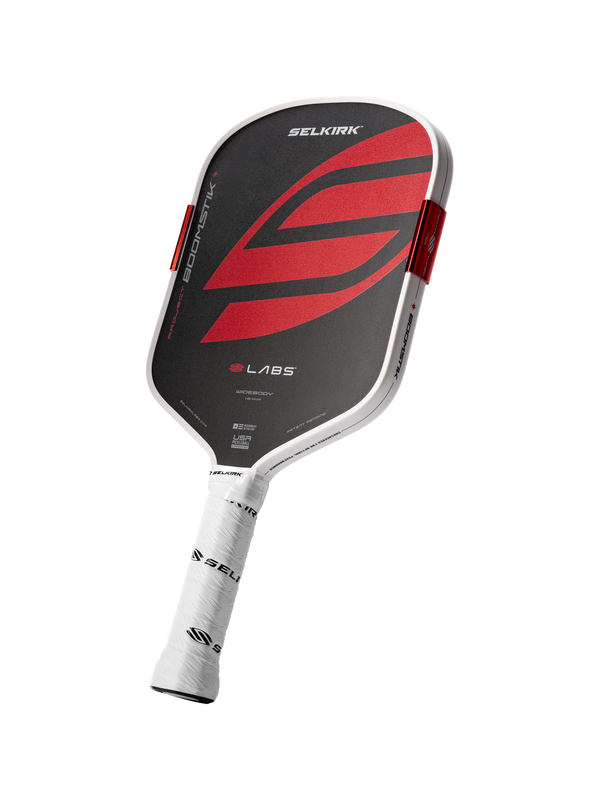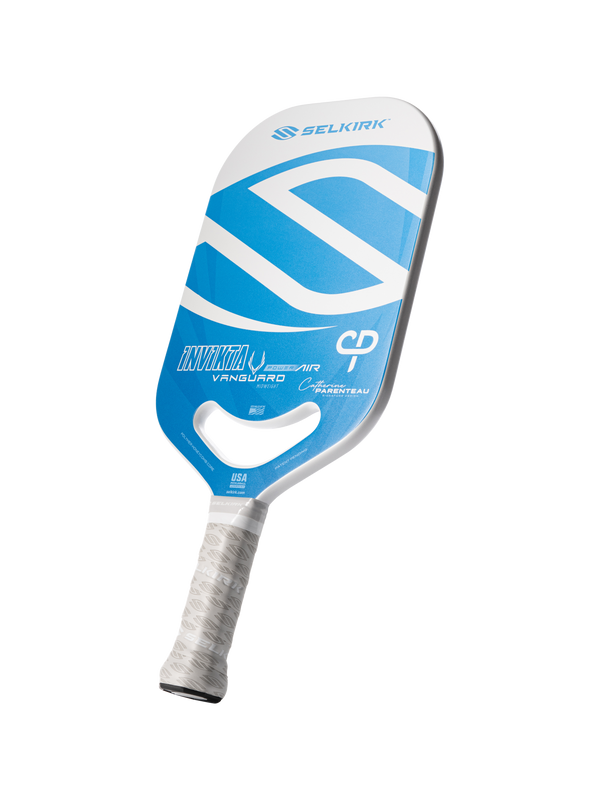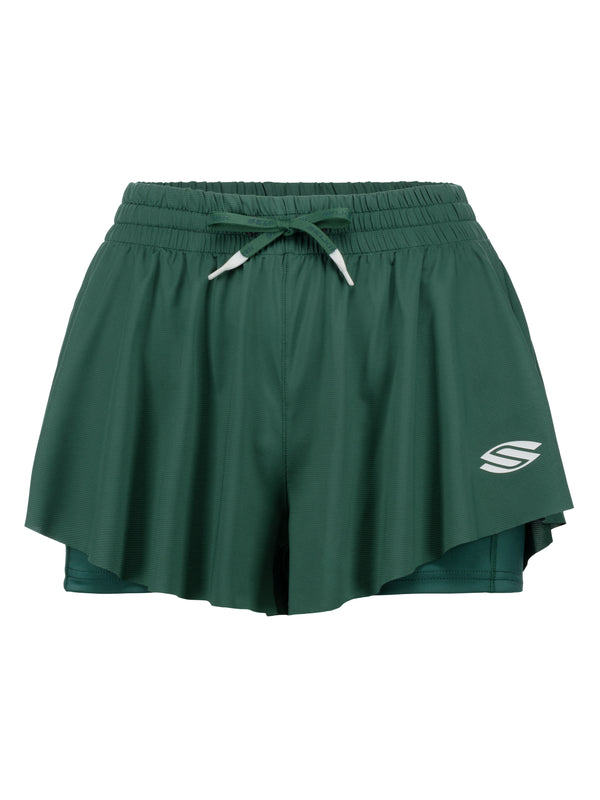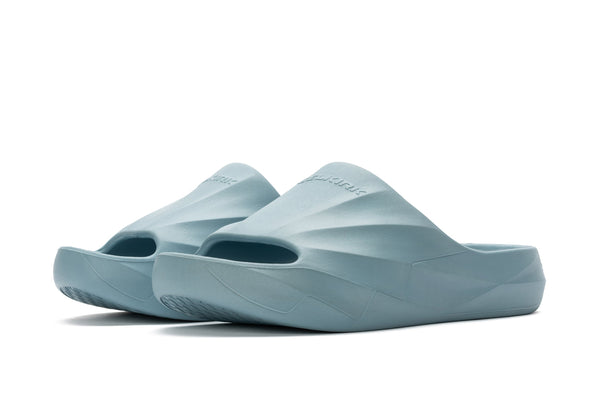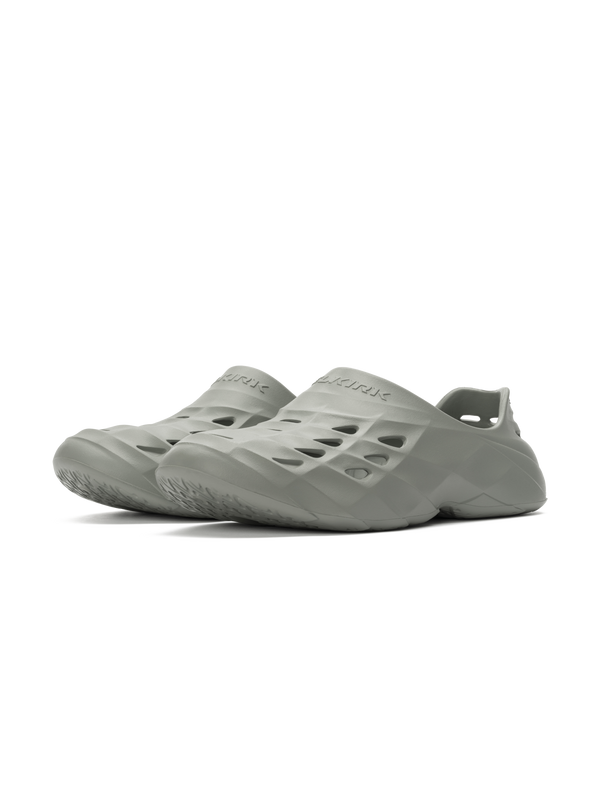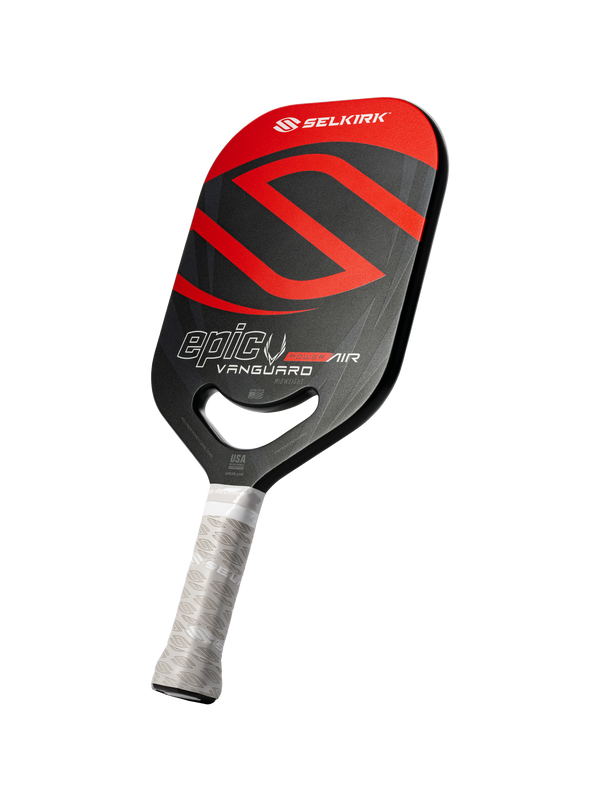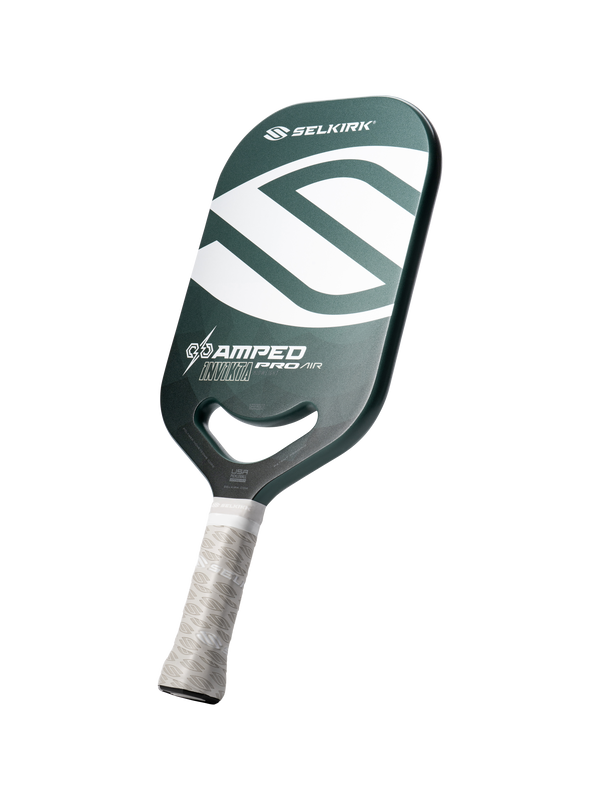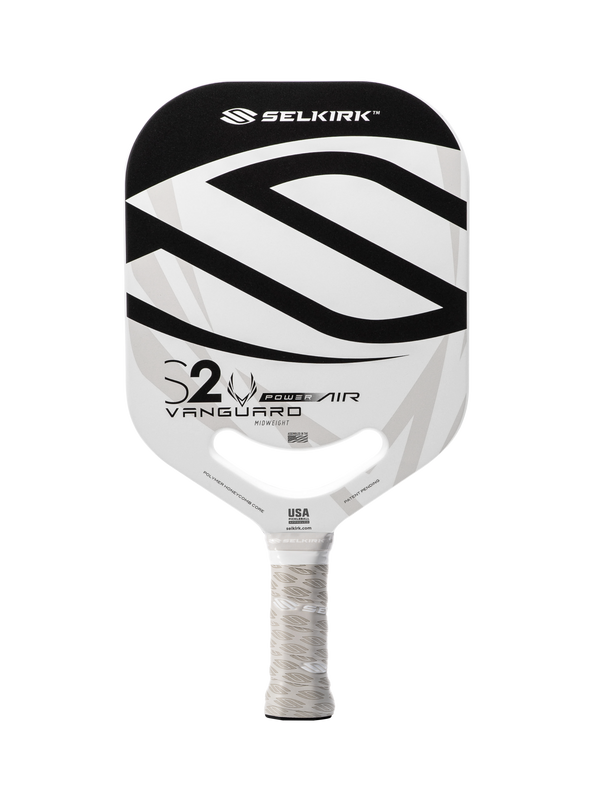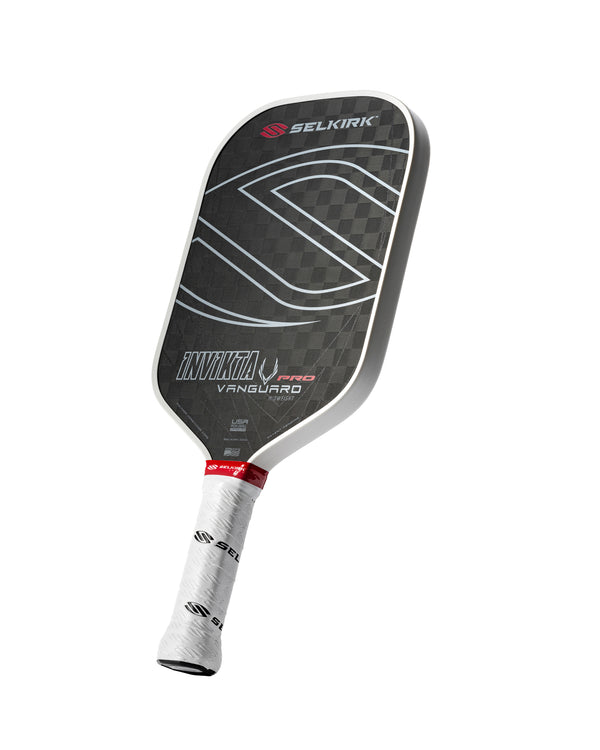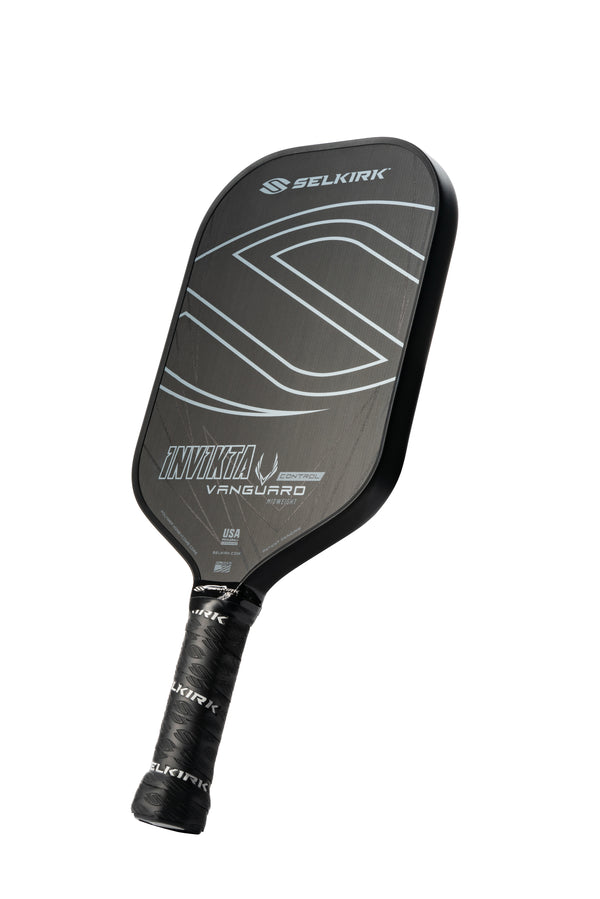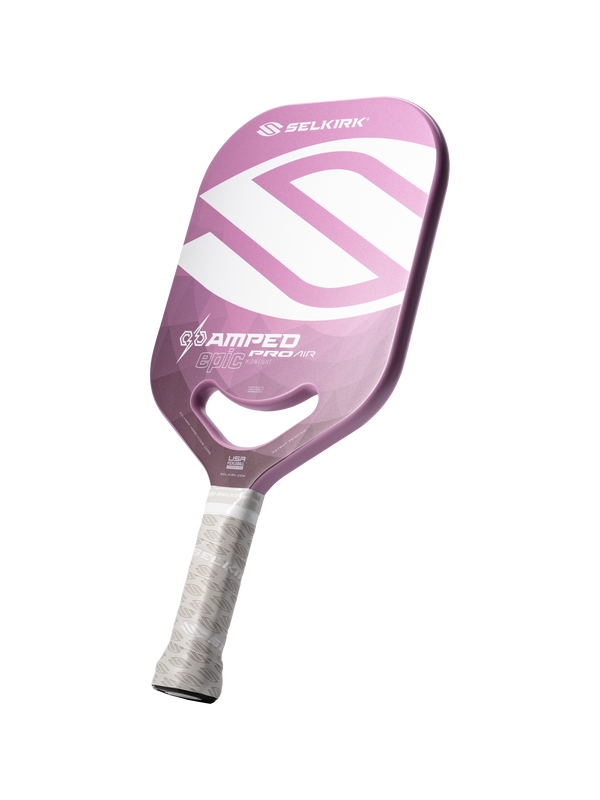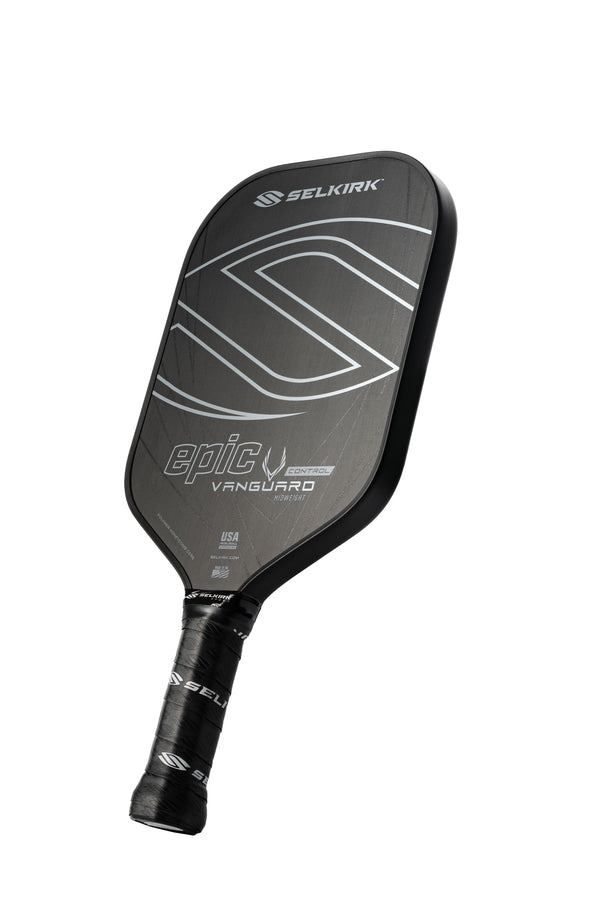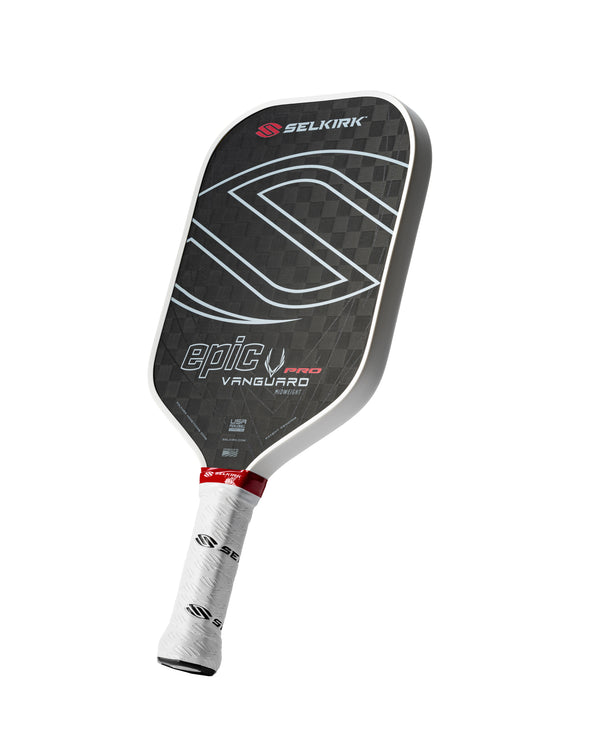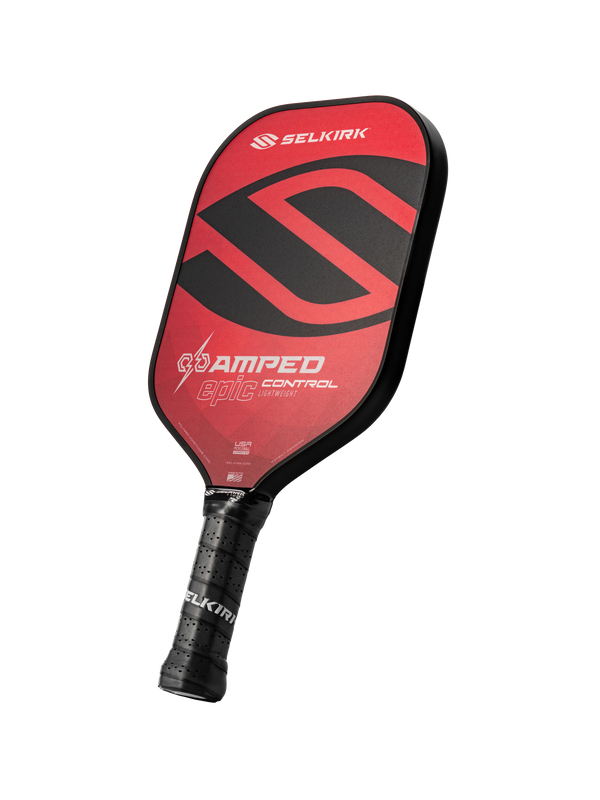
Introduction
In any sport, especially at the professional level, players are looking for advanced technology to give them a competitive advantage. This causes brands to constantly innovate to create products that deliver a competitive edge to the consumer. This is true in any sport, but especially in pickleball with its fast growth at the professional and recreational level as well as low barriers of entry for new paddle brands to enter. There are over 400 brand manufacturers with paddles currently approved by USA Pickleball Association; that’s 400 brands, not paddle models. This growth adds tremendous competitive pressure to create the best products. This causes some brands to fall behind, others to innovate, and still others to perhaps push the limits a little too far.
At Selkirk we have studied other sports (primarily golf, tennis, racquetball, and softball) and have seen patterns in product innovation growth, product innovation decline, and the evolution of rules and regulations. Using these insights, we have identified a sports equipment lifecycle that has three stages: Infancy, Growth, and Stability. Pickleball is currently in a growth stage of the sports equipment lifecycle. This growth phase creates many exciting new products and opportunities, but not without growing pains. Many insiders in the industry have experienced these growing pains for the past 3-4 years, but they have been brought into the limelight with consumers in the past few months.
Being in the Pickleball industry for 8 years (a short time for a major sport, but a lifetime for an emerging sport) and launching innovations in the sport that have been widely adopted (first to offer a lifetime warranty and first to launch a thick core paddle), we have seen the positives and negatives of growth. We have previously kept a tight lid on the following: knowledge regarding paddle innovation, rules and regulations, spin technology, what caused the spin revolution (spoiler alert, it’s not what you’d expect), core and face technology, the history of Pickleball technology and rule development, our product roadmap, and what we believe is the future of Pickleball technology. However, in light of recent interest expressed on many of these topics, as well as consumers getting a glimpse behind the scenes of paddle technology and rules associated with it, we have decided to relaunch our Selkirk Insider series opening up the vault on these topics. The official series will be called - Pickleball Technology: the Past, Present, and Future. Below is an initial draft outline of what we hope to cover in this series, but as a company, we take an agile approach to everything, so topics and outlines may change as we write each article and receive feedback. Please email [email protected] with any thoughts or suggested topics to cover.
- The Sports Equipment Lifecycle: equipment technology in sports tends to go through three cycles, Infancy, Growth, and Stability. We will cover this topic below.
- The Past: when we first entered pickleball in 2014, paddle testing was just being introduced in the sport. As the sport grew and equipment evolved, the rules, regulations, and testing evolved with it. This is similar to how equipment regulations have evolved in nearly every sport. The importance of USA Pickleball Association regulations are to ensure the integrity & future viability of the sport. Additionally, we will cover how poor equipment regulations caused the downfall of the sport of racquetball.
- The Present: paddle technology and regulations are currently in flux. There is a spin revolution and many are trying to push the limits, which is causing growing pains for consumers and other industry stakeholders. We will give a general overview of the recent controversies, various changes in the industry, and how it is affecting consumers. We will also review our USA-based quality control procedures that ensure our paddles stay in spec and within USA Pickleball regulations.
- Spin Technology and Spin Regulations: we will cover the three categories of spin technology (Raw, Engineered, and Coatings), the pros and cons of each, and how they can be used together to provide the best performance. We will also cover current spin regulations (roughness and coefficient of friction testing), how the roughness test actually works, the advantages and disadvantages of roughness testing, why the highest RPM/spin paddles do not score the highest on the roughness test, and the simple, seemingly unnoticed change in how roughness testing was administered that created the current spin revolution we are seeing.
- Proposed Solutions to Growing Pains: we believe there are short-term and long-term solutions that should be implemented across the industry. In light of recent controversies, the PPA has implemented an effective short-term solution allowing paddle roughness testing at Pro events (https://www.ppatour.com/paddles-and-testing/
Now that you know what we will cover in this series, we will finish this article by giving an overview of the sports equipment lifecycle.
Sports equipment life cycle

Generally speaking, there are three stages of equipment performance technology - Infancy, Growth, and Stability. As with all history, neat lines and hard & fast dates on when each stage starts and stops is not easy (or possible in many cases). It can be especially difficult to see the transitions when you are in the middle of them. But when you take a step back and reflect, you can identify these three stages for sports equipment technology (and rules and regulations regarding sports equipment).
In the infancy stage, equipment is primitive when compared to manufacturing potential. The equipment looks similar across manufacturers and very few products actually provide a competitive advantage (despite marketing claims to the contrary). Knowledge is limited and manufacturing methods are similar across brands. But then innovation and/or rule changes occur altering the landscape. New technology emerges creating a competitive advantage. Sometimes the new technology spreads like wildfire, but sometimes it takes time for the community to understand the innovation and experience the performance difference. But this new innovation launches a growth stage in the sport.
During the growth stage, there are one or more drivers of innovation in the sport.
Primary drivers of a growth phase are:
- Participation growth in the sport causes an influx of new investment and equipment brands.
- Increases in prize pools and the growth of the pro game put more at stake.
- A wide array of testing and new technologies from brands.
Notice any of these drivers in Pickleball? Pickleball is experiencing a perfect storm of all of these drivers.
In the growth stage, manufacturers experiment with new technologies, materials, and techniques to achieve new innovations. In this stage, competition can be intense and fuels further innovation. Often an early innovation creates a step-change in performance igniting the growth phase with the competition attempting to catch up.
With growth and changes in the industry, rules and regulations experience growing pains as well. Previous rules and testing procedures may not be as effective in the growth stage because of new technologies. Although the goal of the regulations may still be admirable, reactive changes and updates may be necessary. As the industry evolves, so must the rules and regulations. However, it is critical that evolution in rules do not disrupt consumer confidence in their equipment, and rule changes are implemented collaboratively and methodically with all stakeholders (USA Pickleball, manufacturers, tours, retailers, pros, and ultimately consumers).
As the industry & equipment evolves in the growth stage, certain technologies rise to the surface and become the new industry standard. Previous closely guarded production secrets are now common knowledge. Brands begin consolidating, increasing the monolithic nature of equipment, and the industry enters the stability stage.
During the stability stage, it seems innovation has slowed dramatically if not altogether stalled. The value of R&D is still understood, but actual innovation is scarce. Marketing spin reigns supreme. The large R&D departments at established companies no longer contain the excitement from “the good ol’ days.” This stage can continue for decades.
However, the lifecycle often repeats itself. After technology stabilizes, a new, unexpected innovation occurs launching a new sports equipment lifecycle. The stability stage now becomes the infancy stage in a new lifecycle. What was previously the standard technology becomes outdated leaving an opening for a new disruption and growth phase.
Tennis Racquets and the Sports Equipment Lifecycle
The history of tennis racquets, opens in a new tab is fascinating. Before the 1970s, tennis racquets were in their infancy and were primarily made out of wood. But in the 1970s, composite materials and oversized heads were popularized causing tennis equipment to enter its largest growth phase. Jimmy Connors won with a steel racquet which caused non-wood racquets to gain legitimacy and popularity. Fascinatingly, a key driver for innovation and adoption in tennis racquets was higher cash prizes in both professional and amateur competitions. Winning had higher stakes and athletes wanted any edge they could find, including higher-performing equipment. Tennis's last major growth phase was caused by the introduction of graphite frames, which are still used today. We would consider tennis to be in the stability phase today. Though there were small changes and improvements in the last 30 years, technology has not changed dramatically. Of course, if you asked a tennis player today, they could identify nuances & improvements in the different racquet brands, but these differences are minimal compared to the leaps in technology made previously.
Golf Clubs and the Sports Equipment Lifecycle
The first golf clubs were carved out of wood and made by the golfers themselves. But of course, equipment eventually was made by “professionals.” With golf’s long history, it experienced the sports equipment life cycle many times. The most successful club launched was the Calloway Big Bertha, the first oversized club head in golf. We drew inspiration from the Big Bertha launch with the launch of our AMPED series which was the first thick core paddle in Pickleball. New rules on club head size were eventually implemented to control the increases in golf head sizes. Golf also demonstrates how most rule changes happen in sports. Equipment rule changes come about primarily due to changes in the sport and innovations in equipment, but sometimes because a pro-player’s talent and innovation begins to change how the game is played. In our opinion, golf technology is now past its heyday and is currently stagnant in a stability phase. There are some flashy and interesting developments such as the use of AI, but we would not consider this a step-change. Bloated R&D budgets are driven less by actual innovative results and more by catering to stock market expectations and perceptions.
The Sports Equipment Lifecycle in Pickleball & Selkirk
Pickleball has gone through this lifecycle previously in minor and major ways. The first paddles were repurposed ping pong paddles, which led to wooden paddles being made specifically for Pickleball. Perhaps the largest leap in technology was when the first composite paddles were introduced by Arlen Paranto in the 1970s. Arlen’s son, Steve, was competing in some of the very first Pickleball tournaments ever held. However, Steve kept coming in second place with his wooden Pickleball paddle (which was the only kind of paddle available at that time). Arlen, an engineer for Boeing, cut scrap composite material from Boeing (fiberglass face with Nomex core) into the shape of a paddle, and the first composite Pickleball paddle was born. With this new paddle, Steve was able to get to the top of the podium.
There was also a small version of this lifecycle in play when polypropylene honeycomb cores were introduced into Pickleball in 2011. Polypropylene paddles improved upon pre-existing Nomex core paddles significantly because Polypropylene paddles were more durable and did not develop dead spots. These changes happened when Pickleball was still a grassroots sport with a small number of mom-and-pop operations. In the case of the first composite paddles, there were only two brands around at the time. When polypropylene honeycomb core technology was introduced and began shaping the industry, there weren’t the competitive pressures we now see today.
One of the goals when we first entered the sport was to create a professional and performance brand dedicated to growing and improving the sport. At that time, the sport had a mom-and-pop feel; from the products, to branding & marketing, to even the way people talked about technology and players. We quickly realized we needed to not just create performance products but communicate them differently. While staying family-oriented and USA-made, Pickleball needed to upgrade from the mom-and-pop/garage workshop ways of doing things and start acting like a professional sport. And we were determined to do our part as an equipment brand. This is when we stopped talking about what materials we were making our paddles out of, and started talking about technologies instead.. Instead of calling our sponsored individuals “players”, we called them “athletes.” Instead of talking about how a paddle played, we talked about the paddle’s performance. These changes in language changed how people thought about paddles, professional pickleball athletes, and ultimately the sport. We remember the first time we told our sponsored team we were going to start calling them athletes, their response was, “Oh, I guess that means we better step it up!” This language is commonplace in pickleball now, but was surprisingly controversial when we introduced it at the time.
When we first entered the sport, it was almost taboo to say your equipment performed better. The mindset was, “just try different things and find your preference.” Not an easy task when there were dozens of brands and 100+ models to choose from. At the time, paddles didn’t have new or better technology in people’s minds. Which may sound crazy today with the current obsession with the “next big thing”. For the first three years, our company learned about the industry and paddle technology. We worked on small, but effective performance changes such as a lightweight edgeguard and a better edge adhesion system, new shapes (wide-body S2 and elongated Omni), and a new face technology being popularized in Pickleball (graphite). But our goal was to create something dramatically different that was inarguably better technology and would improve people’s game dramatically. We wanted to give players a significant competitive advantage with their equipment.
We then worked with one of our pros and former engineer, Glen Peterson, to develop thick core paddles. We launched the AMPED in 2017 which was Pickleball’s first thick core paddle. It changed the industry and our company. Realizing the hit we had on our hands with the AMPED & thick core paddles, we simplified and transformed our entire product line to center around the AMPED series. We were blown away and humbled by the reception of new technology from the Pickleball community. Today, thick core paddles have become an industry-standard. And everyone is trying to find a competitive advantage through equipment.
An increase in tennis players entering into pickleball at the pro and recreational level has changed how the game is played as well as equipment preferences. Pickleball is getting faster and more technical. Equipment has been evolving to favor heavier weights, more power, and more spin.
The most recent pickleball equipment advancements have revolved around spin performance. Although the common perception may be that certain technologies have launched this new spin revolution, the root cause has been changes in how certain equipment testing rules are administered. These changes have enabled spin paddles to push the limits (we will discuss this further in the next article). From our observations, most “innovations” around spin have been either: (1) utilizing raw carbon or fiberglass surfaces, which has always been possible. However, previously most manufacturers reduced the roughness on raw surfaces to ensure they are staying within regulations. Or (2) utilizing surface coatings that provide initial spin capability but wear off quickly with use. Through Selkirk Labs, we have been testing and innovating many new spin technologies that are effective, durable, and most importantly consistently legal and within USA Pickleball Association regulations.
In addition to new spin technology, Selkirk Labs has been developing new cores, face materials, and manufacturing techniques to create the future of Pickleball paddle technology. Our goal is to create paddles with higher capabilities of power, control, spin, as well as larger sweetspots and improved durability. Many of these technologies developed in Labs will be introduced into our main line of Selkirk and SLK by Selkirk brands. We are excited to bring these innovations to the Pickleball community in 2022 & 2023 and introduce the future of Pickleball now.
Conclusion
Pickleball is changing rapidly. Every aspect of the sport is growing which causes growing pains but also creates tremendous opportunities. Since the founding of our company, our goal has been to grow the sport and to innovate. We want the pickleball community to find a competitive advantage through the equipment they use. Selkirk intends to be the pickleball industry leader in innovation and equipment. The Selkirk Labs program was built so you can be a part of the process and experience the latest technology. We appreciate those who signed up for the Selkirk Labs Program as we could not innovate without your feedback. In 2023, we will be releasing the future of Pickleball technology across all price points ($60 through $250). Get ready. We are Pickleball.


